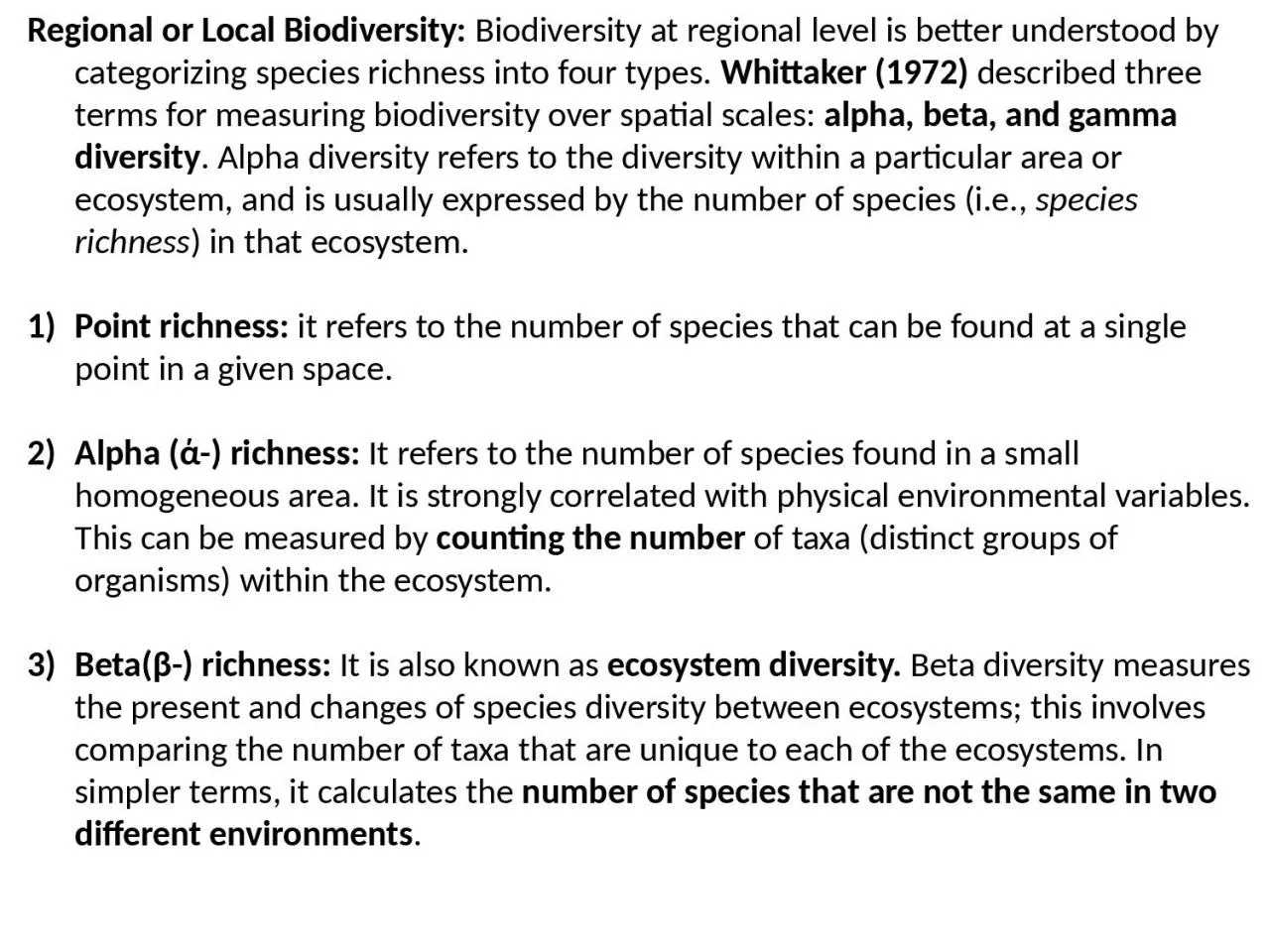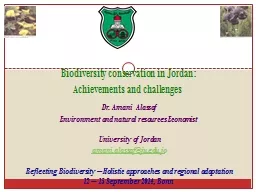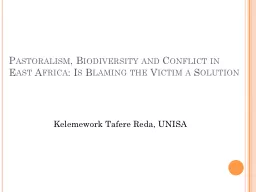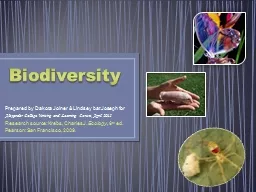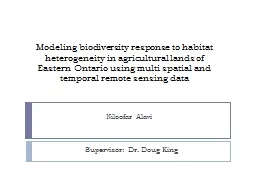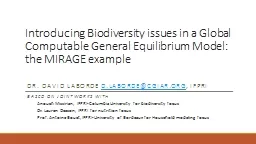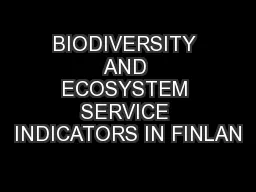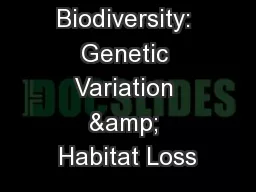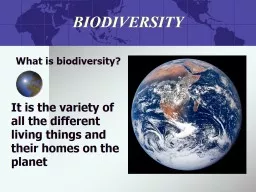PPT-Regional or Local Biodiversity:
Author : arya | Published Date : 2023-10-30
Biodiversity at regional level is better understood by categorizing species richness into four types Whittaker 1972 described three terms for measuring biodiversity
Presentation Embed Code
Download Presentation
Download Presentation The PPT/PDF document "Regional or Local Biodiversity:" is the property of its rightful owner. Permission is granted to download and print the materials on this website for personal, non-commercial use only, and to display it on your personal computer provided you do not modify the materials and that you retain all copyright notices contained in the materials. By downloading content from our website, you accept the terms of this agreement.
Regional or Local Biodiversity:: Transcript
Download Rules Of Document
"Regional or Local Biodiversity:"The content belongs to its owner. You may download and print it for personal use, without modification, and keep all copyright notices. By downloading, you agree to these terms.
Related Documents

